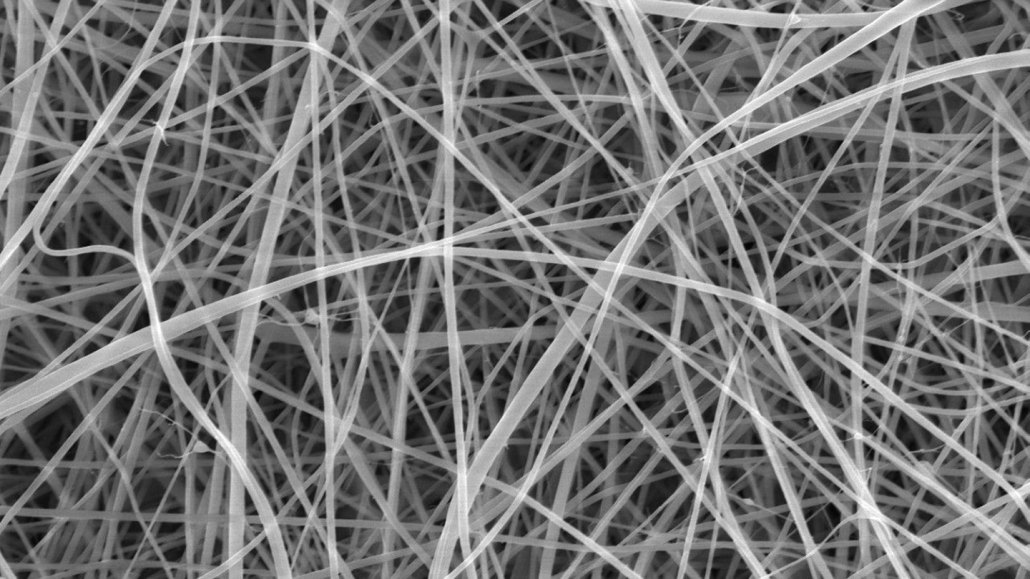
Chemistry
Behold the world’s thinnest pasta
Made from white flour and formic acid, the nanofibers average just 370 nanometers across. That’s two-hundredths the thickness of a human hair.
By Skyler Ware
Come explore with us!

Made from white flour and formic acid, the nanofibers average just 370 nanometers across. That’s two-hundredths the thickness of a human hair.

Physicists looked at how the quarks that make up protons move in response to electric fields. And they found more movement than expected.

The newfound — and at times quirky — shapes reflect the density of water surrounding submerged ice.

They also could also help coastal residents mine fresh water from salty sources.

These specially grown threads of ice bend into curves, then spring back when released.

When atoms get an electric charge, they act very differently. Now called ions, these are behind many aspects of chemistry, including acids and batteries.

An electrode’s name depends on the circumstances. Confused? It may help to consider which electrochemical reaction is natural — and which is not.

To climb walls, robot feet need to alternately stick and let go. A novel adhesive can do that. Its stickiness is controlled by electric fields.

The lightweight new material could serve as a washable and recyclable, eco-friendly alternative for many current mask filters.

When various particles, atoms, ions or molecules come together to form a substance, they are held together with chemical bonds.